COTA, marking its 50th anniversary, plans major improvements -- and a sales tax increase

In the early 1970s, privately owned transit companies across the country were facing financial problems, and the Columbus Transit Company was no exception.
The company was transitioning to diesel-fueled buses from electric trolley cars, but the cost of crude oil was rising. In 1973, U.S. support to the Israeli military during the Arab-Israeli War led Arab members of the Organization of Petroleum Exporting Countries (OPEC) to embargo crude oil sales to America, triggering an oil crisis and inflation.
The primary transit provider in the city was facing serious financial problems. Columbus Transit's owners sold the business for $4.8 million in 1974 to a nascent public transit authority created to help save public transportation in the Columbus area.
That publicly owned agency, the Central Ohio Transit Authority (COTA), is celebrating its 50th anniversary this year, having evolved into an expansive and evolving transportation system serving some 880 million passengers in central Ohio since its creation.
COTA's fleet of 500 buses and other transit vehicles now services 27 municipalities and 17 townships across Franklin, Delaware, Licking, Fairfield and Union counties. The agency has also ushered in sustainable fuel alternatives, including compressed natural gas, hybrid and electric vehicles, with the goal of producing zero emissions by 2035, COTA spokesman Jeff Pullin said.
Public transportation systems like COTA are a "lifeline" for the communities they serve, Pullin told The Dispatch.
"Without public transportation, you are limiting what many people have access to," he said. "(Public transportation) is access to their job. It's access to their medical appointments. That's how they get to the grocery store. That's how they get to school."
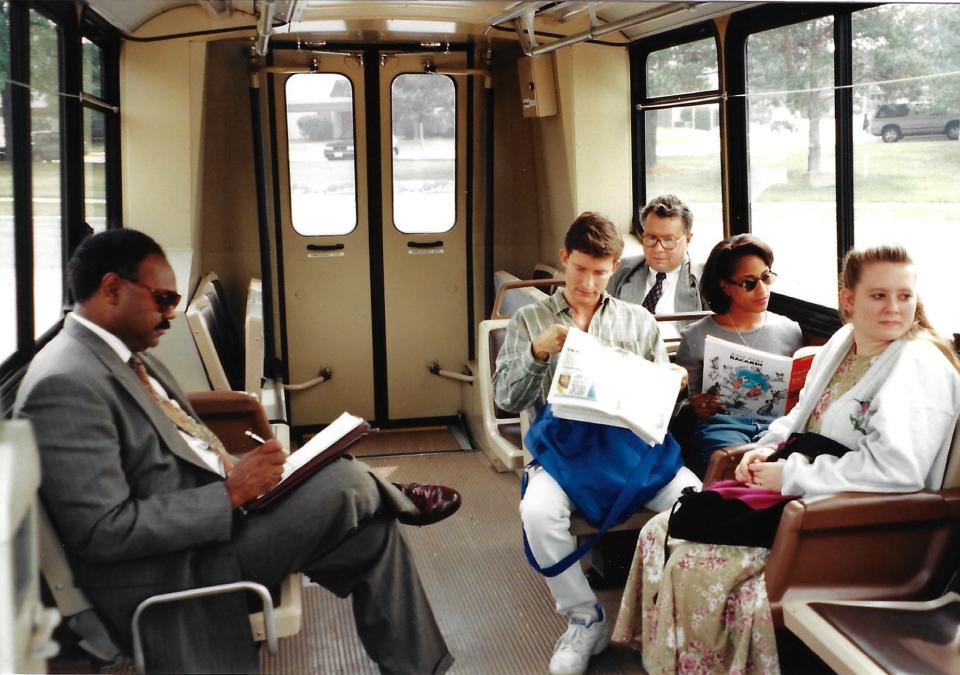
The Dispatch took a drive down memory lane and looked back at the history of COTA, talked with 28-year COTA bus operator James T. Taylor III, and discussed with COTA officials the region's latest transportation project: the LinkUS Mobility Initiative, a collaboration with Franklin County, the city of Columbus, the Mid-Ohio Regional Planning Commission, and the Franklin County Board of Commissioners.
COTA through the years
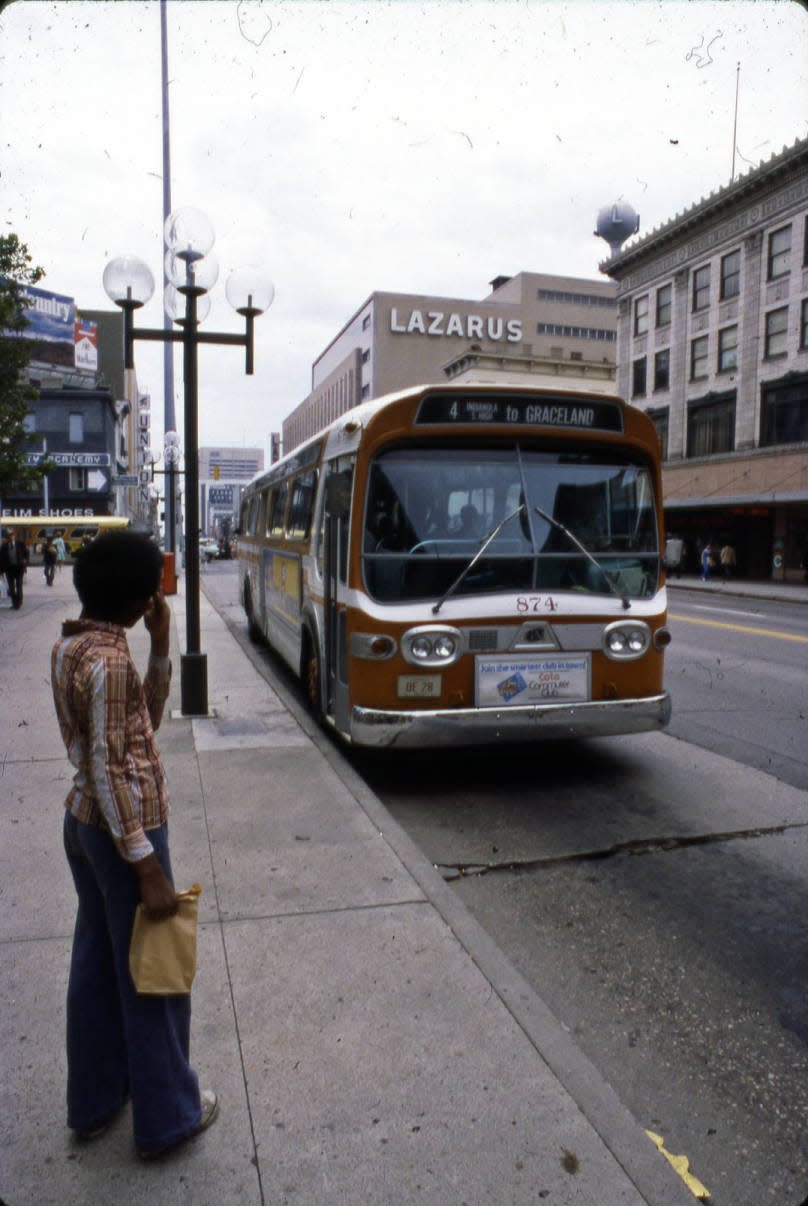
COTA actually had its genesis in 1972, when Columbus residents voted in support of a $800,000 transit levy and established the authority run by a 13-member board.
Two years later, with the help of a federal grant, COTA completed the purchase of the privately owned Columbus Transit Company for $4.8 million. Through the acquisition, COTA got 31 new air-conditioned buses it used to begin operating service.
Voters in 1974 renewed a three-year levy generating $800,000 annually, with 67% going to COTA. In 1978, COTA launched its Key Card program, providing discounts for riders with special mobility needs.
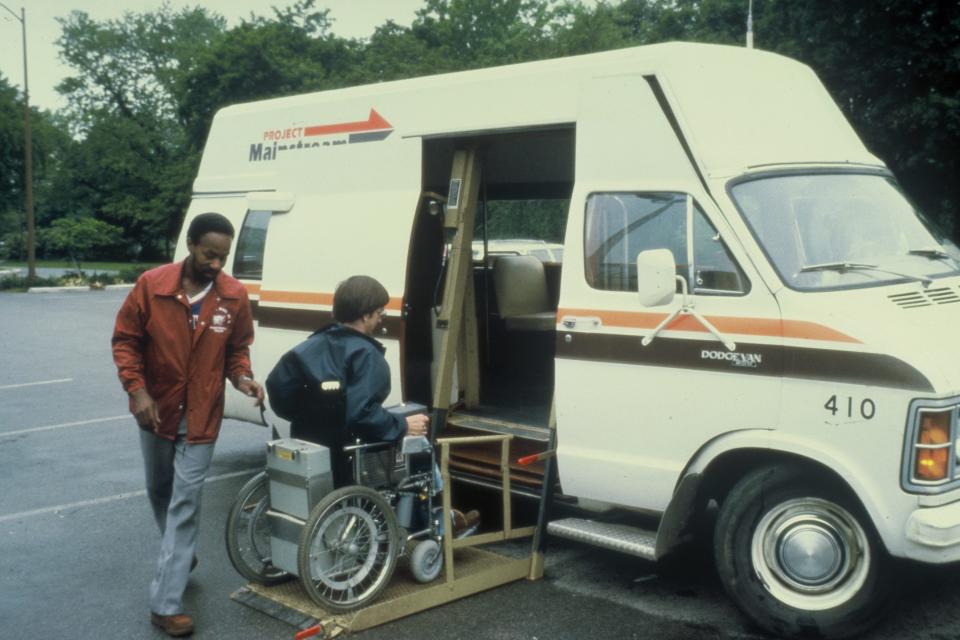
Throughout the decades, COTA has made several major improvements to improve customer experience, make transit travel times more efficient, and made significant investments in low emissions vehicles.
Some of those improvements include:
Expanded access to riders with disabilities via Project Mainstream (1978)
Installed GPS systems in all of their fixed-route buses (2002)
Switched from diesel-fueled buses to a mixed fleet of hybrid, compressed natural gas and electric buses (2010, 2013, and 2021, respectively).
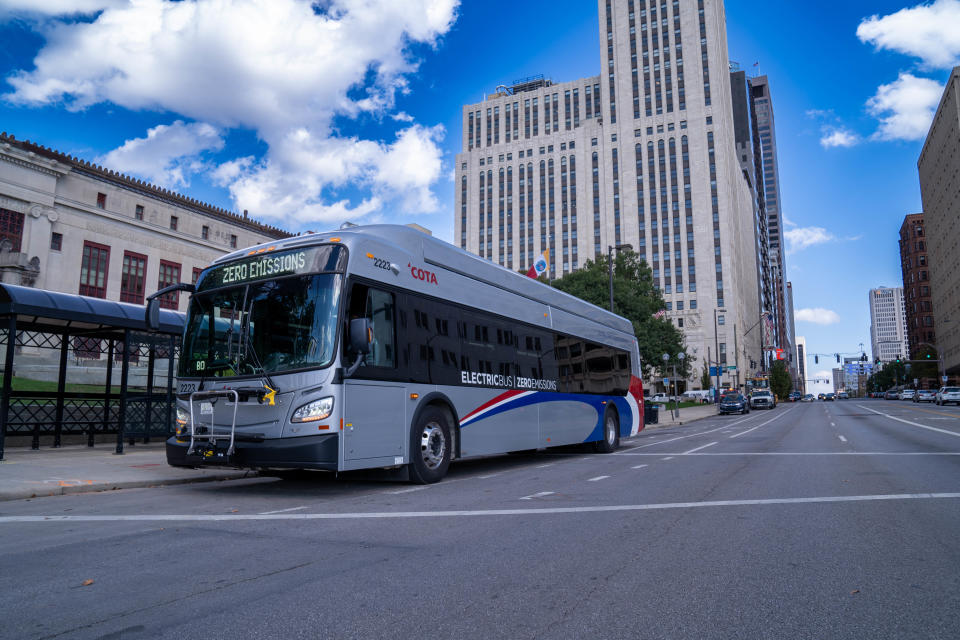
COTA continues to be funded via a 10-year, .025% sales tax that was renewed in 1989 and then made permanent in 1999.
Through the eyes of a COTA operator
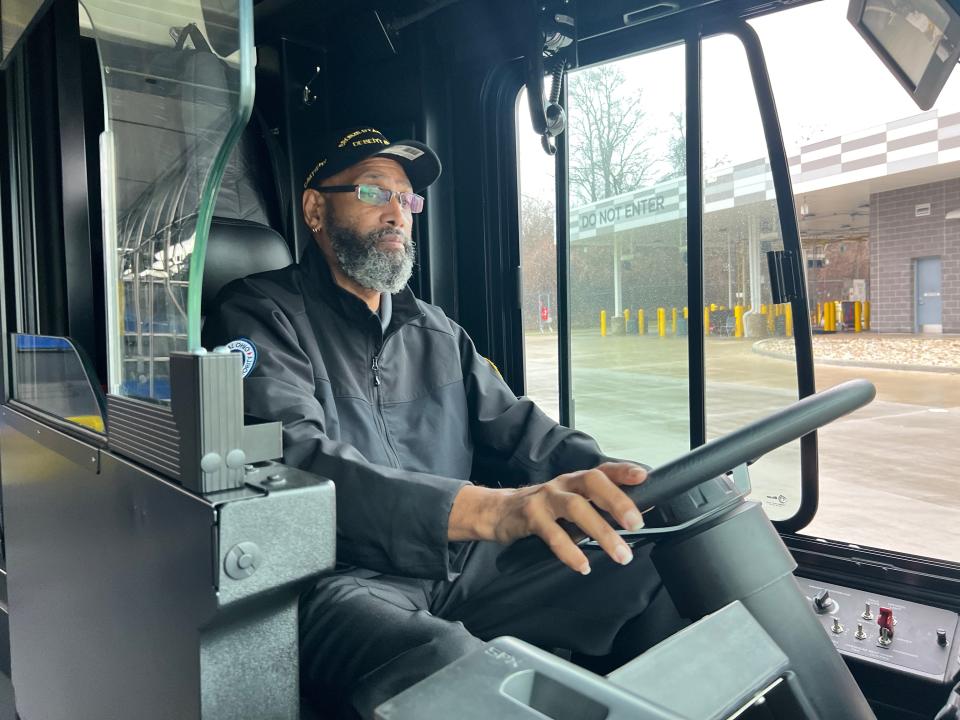
James T. Taylor III, 65, has been a COTA bus operator for 27 years. The Atlanta native and Desert Storm Army veteran moved to Columbus and began driving for COTA after friends from his previous job at Brink's recommended that he applied to work at COTA. He said that he did it on a whim and has enjoyed his service with COTA.
"(My friends) persuaded me to come to COTA, and I regret nothing," Taylor told The Dispatch.
Taylor and other operators, as well as passengers had to mask up when the COVID-19 pandemic struck.
"COVID had a big impact on our service as people’s mobility patterns changed. Across our region, many people began working remotely," Pullin said.
In order to protect both riders and operators, COTA enacted "essential travel" rules and restricted the number of passengers allowed on buses. The agency also cut back the number of hours that operators could drive to adhere to local, state, and federal guidelines.
Looking back at the early days of the pandemic, Taylor says those times were "harrowing," but veteran drivers soldiered on and continued to drive buses.
"The veteran drivers never called off; we came to work every day," Taylor recalled. "Our job was to serve the community, and I think the public appreciated that."
According to COTA data, ridership dropped during the pandemic from approximately 10.3 million riders in 2020 to 8.9 million in 2021.
Ridership has steadily come back since then, with 2023 numbers unofficially estimated at almost 10.6 million. Pullin said the final, official numbers won't be ready until sometime in February.
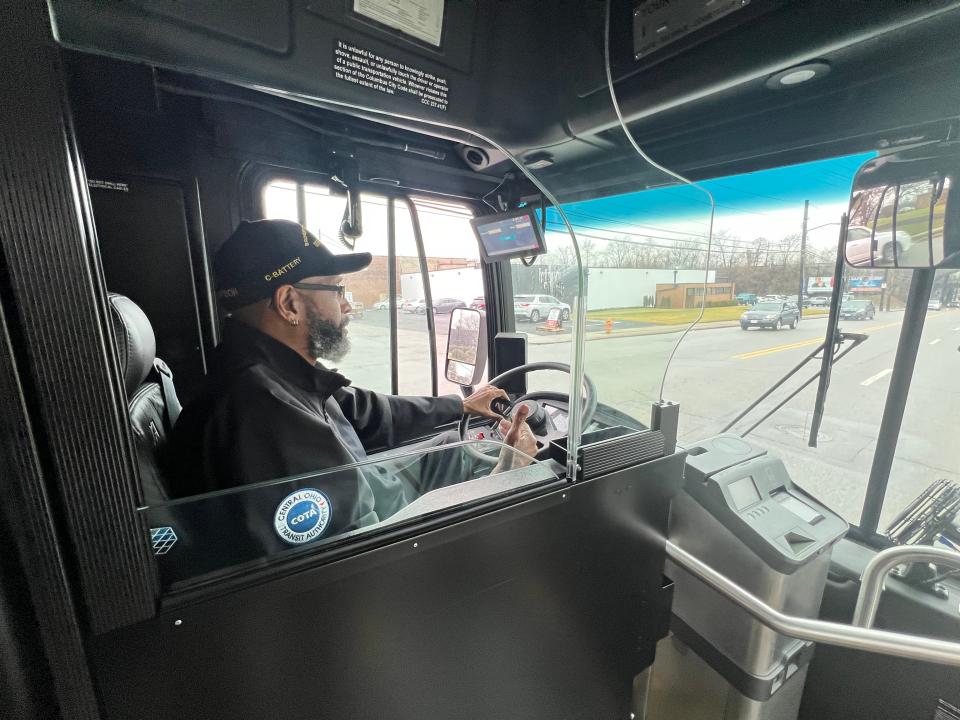
The transit agency also faced workforce challenges during COVID and after. They were forced to reduce frequency on many routes in September 2022 due to driver shortages.
Pullin said that COTA has made strides with two major hiring events in 2023 focused on recruiting operators, which allowed the transit agency to expand services last September. COTA plans to hold their next hiring event on April 24, he said, and if the trend of increasing operator hires continues, the authority will be in a position to expand services again in May.
Taylor said those looking for a career have a good opportunity with COTA.
"If you're trying to make a career for yourself and family, it's a good job to look into," Taylor said. He said his favorite part of his job is when he is able to help residents, riders and newcomers to Columbus get to their destination.
"If I can help (riders) on their journey, that makes my day."
'Like connected tissue:' COTA's LinkUS Mobility Initiative
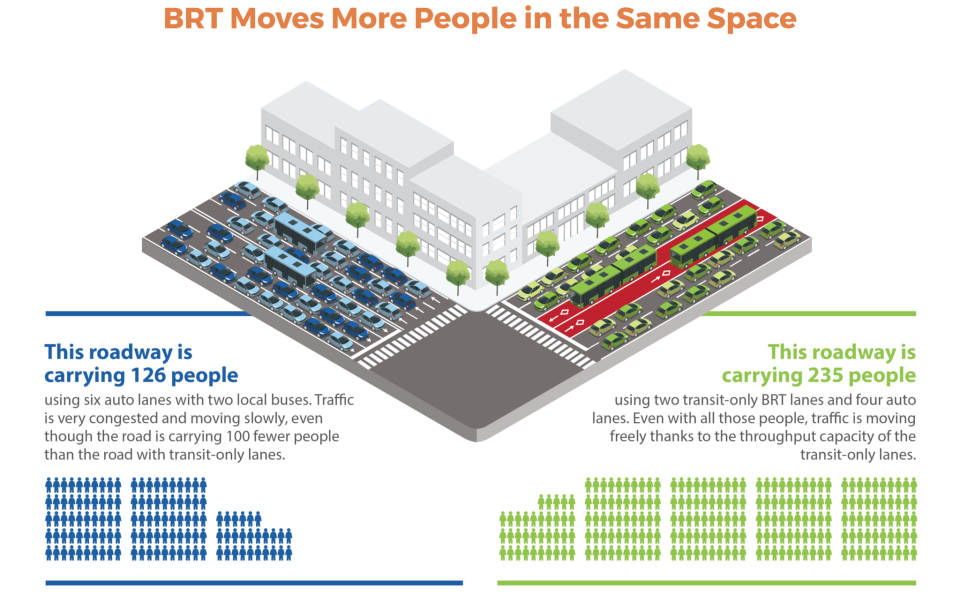
Central Ohio's population is expected to hit 3.15 million residents by 2050, according to research by the Mid-Ohio Regional Planning Commission, adding more than 725,000 people to the region.
With this projected population increase just 25 years away, COTA and area government officials have been planning the rollout of the LinkUS Mobility Initiative, a transit service that will utilize high-speed bus rapid transit (BRT). Advertised as having "the speed of a metro with the flexibility and affordability of a bus system", LinkUS will feature zero-emission vehicles with dedicated transit lanes, improved pathways for pedestrians and bicyclists, offboard fares by phone, and wireless coordinated traffic signals for both speed and efficiency.
The initiative will also have "corridors," or rapid transit lines that will link neighborhoods and residential areas to key destinations. Officials are in the process of planning the first three high-speed corridors:
West Broad corridor, which will include Prairie and Franklin townships and Columbus' Hilltop, Franklinton, and Downtown with 17 rapid transit stations situated every half-mile.
Northwest corridor, which includes Olentangy River, Bethel, and Sawmill Roads, will have stations every half mile. According to a LinkUS report from fall 2022, this area holds 30% of all jobs in Franklin County and has three of central Ohio's largest employment hubs.
East Main corridor, which will have 19 rapid transit stations, will snake through Columbus' King-Lincoln Bronzeville neighborhood, the Near East Side, Whitehall and Bexley.
By 2050, COTA plans to have a total of five rapid transit corridors, with Columbus and other government agencies adding 500 more miles of sidewalk and bike trails, and a total of $250 million in roadway improvements, according to Aslyne Rodriguez, COTA's senior director of regional strategic partnerships. These high-speed corridors, Rodriguez said, will help central Ohioans have greater access to health care, education, work, and entertainment and will foster the "connected tissue" of more sidewalks, connected bikeway space and trails.
"I think that that's what public transit and overall transit can do for a community — connect us to new opportunities, connect us to the things we love and allow us to live, work and play in our backyard," said Rodriguez.
COTA to seek 0.5% increase in sales tax
Like with any major project, LinkUS comes with a hefty price tag: an estimated $8 billion. COTA hopes to fund $6 billion of that cost from a proposed 0.5% sales tax increase that COTA will ask voters to approve on the November general election ballot.
A 0.5% sales tax funding COTA is already collected in Franklin County and in parts of Delaware, Fairfield, Licking and Union counties that are served by the transit agency. Franklin County had a total combined sales tax of 7.5% as of October 2023, so the proposed COTA increase would raise that to 8% if approved by voters.
With voter approval of the sales tax increase, and dependent on several other factors, COTA officials estimate the first rapid transit corridor along West Broad Street will be finished by 2028 or 2029. The authority is still working on a timeline for the other two corridors, according to Pullin.
Citing the Columbus metro area's position as one of the largest cities in the U.S. Rodriguez said that investment in the region's public transportation infrastructure is necessary to support the projected population growth.
"We are the 14th largest city in the United States, and we need to have transit that matches that," said Rodriguez.
@ShahidMeighan
smeighan@dispatch.com
This article originally appeared on The Columbus Dispatch: COTA plans major transit improvements as it marks 50th anniversary

